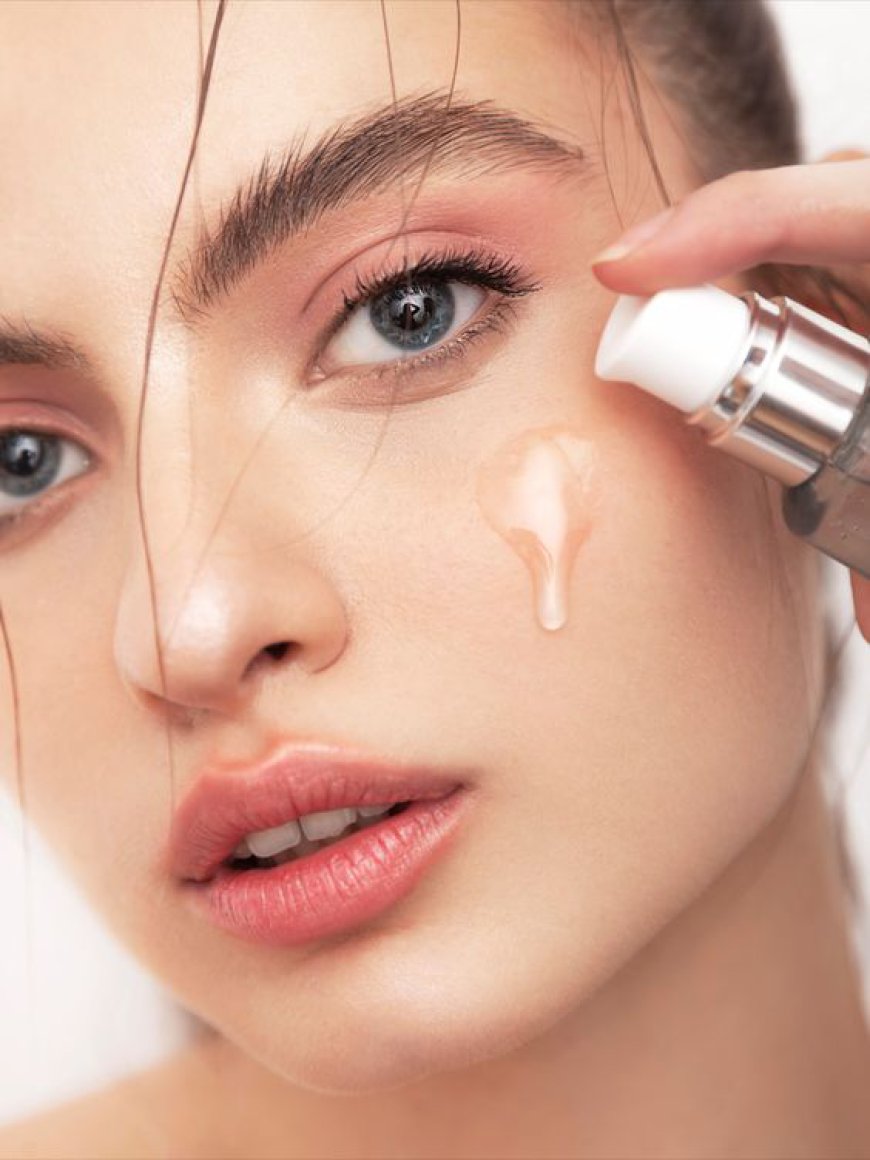Cheek Augmentation with Dermal Fillers

In the world of cosmetic enhancement, cheek augmentation has become increasingly popular among individuals seeking to improve their facial aesthetics. As we age, our skin loses elasticity, and the natural volume in our cheeks diminishes, leading to a hollowed appearance that can make us look tired or older than we are. Cheek augmentation with dermal fillers is a non-surgical solution that helps restore volume and enhance the overall contour of the face. This article will explore the procedure, benefits, types of Dermal Fillers Injections in Dubai used, aftercare, and potential risks.
What is Cheek Augmentation?
Cheek augmentation is a cosmetic procedure designed to enhance the volume and contour of the cheeks, creating a more youthful appearance. This can be achieved through various methods, including implants, fat grafting, and the most popular non-surgical method: dermal fillers. Dermal fillers are gel-like substances injected into the skin to restore volume, smooth out wrinkles, and improve facial contours.
Benefits of Cheek Augmentation with Dermal Fillers
-
Non-Surgical Solution: Unlike surgical procedures such as cheek implants or fat grafting, dermal fillers offer a minimally invasive approach with less downtime and quicker recovery.
-
Immediate Results: One of the most significant advantages of dermal fillers is the instant improvement in cheek volume and contour. Patients can see immediate results after the treatment.
-
Customizable Treatment: Dermal fillers allow for tailored enhancements based on individual facial structure and desired results. The practitioner can adjust the amount of filler used to achieve the desired look.
-
Minimal Downtime: Most patients can resume their daily activities shortly after the procedure. Some swelling or bruising may occur, but these effects typically resolve within a few days.
-
Long-lasting Effects: While the results are not permanent, they can last anywhere from six months to two years, depending on the type of filler used.
Types of Dermal Fillers
Several types of dermal fillers are commonly used for cheek augmentation. These fillers vary in composition, texture, and longevity. The most popular types include:
-
Hyaluronic Acid Fillers: Hyaluronic acid (HA) is a naturally occurring substance in the body that helps retain moisture and adds volume to the skin. Fillers like Juvederm and Restylane are popular choices for cheek augmentation due to their safety, effectiveness, and ability to create natural-looking results.
-
Calcium Hydroxylapatite Fillers: Radiesse is a calcium-based filler that not only adds volume but also stimulates collagen production in the skin. This filler is ideal for those seeking longer-lasting results, as it can last up to a year or more.
-
Poly-L-lactic Acid Fillers: Sculptra is a biostimulatory filler that works gradually to restore facial volume by stimulating the body’s collagen production. Results develop over a few months and can last up to two years.
The Procedure
Before the procedure, a consultation with a qualified and experienced practitioner is essential. During this appointment, the practitioner will assess the patient’s facial structure, discuss aesthetic goals, and determine the appropriate type and amount of filler to use.
-
Preparation: The treatment area will be cleaned, and a topical anesthetic may be applied to minimize discomfort during the injections.
-
Injection: Using a fine needle or cannula, the practitioner will carefully inject the chosen filler into specific areas of the cheeks. The injections are strategically placed to enhance volume and contour while maintaining a natural appearance.
-
Post-Injection Assessment: After the injections, the practitioner will assess the results and may perform gentle massage to ensure even distribution of the filler.
Aftercare
Following the procedure, patients are advised to:
-
Avoid Touching the Treated Area: For at least 24 hours, avoid touching or applying pressure to the cheeks to allow the filler to settle properly.
-
Limit Physical Activity: Strenuous exercise should be avoided for a day or two post-treatment to minimize swelling and bruising.
-
Stay Hydrated: Drinking plenty of water can help improve the skin's overall appearance and support healing.
-
Follow-Up Appointment: A follow-up appointment may be scheduled to assess the results and make any necessary adjustments.
Potential Risks and Side Effects
While cheek augmentation with dermal fillers is generally safe, some risks and side effects can occur. Common side effects include:
-
Swelling and Bruising: These are the most common side effects and typically resolve within a few days.
-
Redness and Tenderness: Some patients may experience mild discomfort or tenderness at the injection site.
-
Asymmetry: In rare cases, uneven results may occur, necessitating additional treatment to correct.
-
Allergic Reactions: Though rare, some individuals may have allergic reactions to the filler material used.
-
Vascular Complications: Serious complications, though extremely rare, can occur if the filler is inadvertently injected into a blood vessel.
Conclusion
Cheek augmentation with dermal fillers offers a safe, effective, and minimally invasive option for those looking to enhance their facial aesthetics. With a variety of fillers available, patients can achieve a more youthful, contoured appearance without the need for surgery. As with any cosmetic procedure, choosing a qualified and experienced practitioner is crucial to ensure optimal results and minimize risks. With proper care and maintenance, cheek augmentation can significantly boost confidence and improve one’s overall appearance.
